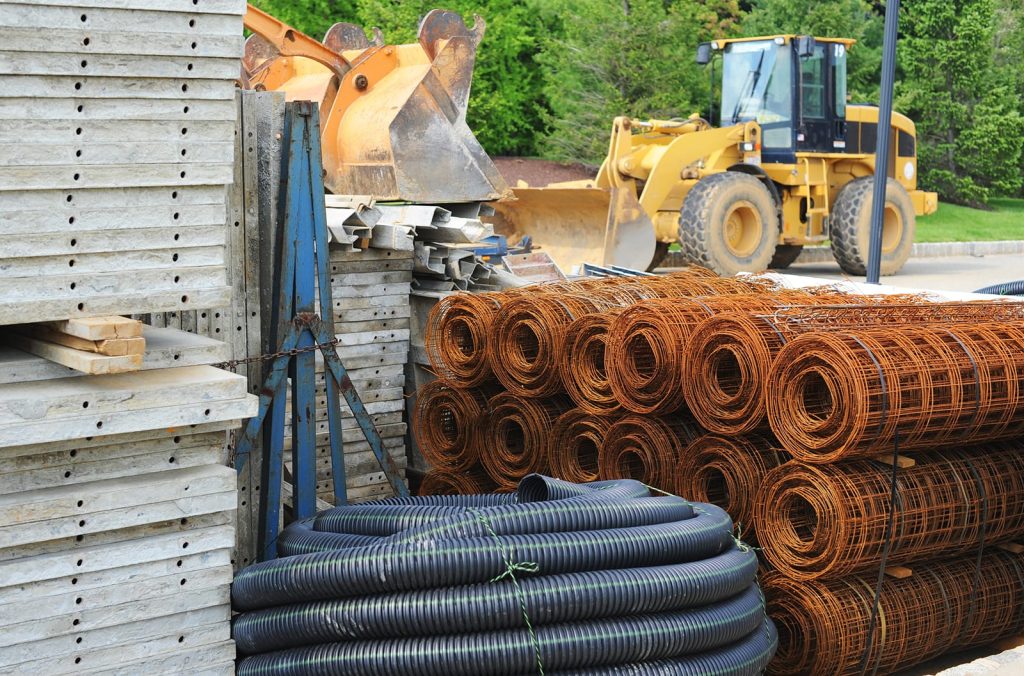A realistic schedule and the profitability of your next construction project depend on the estimate. And, it’s a safe bet that if you find quality lacking as the project unfolds, the root of the problem is in estimating. Here are four tactics to help you build better estimates.
Temper Optimism
Optimism fuels enthusiasm, but it has no place in estimating. That’s because there are many variables you can’t know. For example, if you assign four carpenters to a framing job, two months before the job even starts, you are optimistically assuming that all four will be available at that time. If you don’t anticipate a cold snap happening on a November job in a cold climate, you’re facing freeze ups, and other cold weather calamities. These uncertainties exist in many aspects of estimates.
So, even though contractors need a healthy dose of optimism, given all the things that can go wrong on a construction project, do your best to distance it when estimating. You can create alternate plans for many variables. For all others use contingency or insurance to reduce your risks.
Guard Against Assumptions
There are many ways to derail a perfectly good estimate and one of the quickest ways is by making assumptions. If you bought lumber last month from your regular supplier and the moisture content was acceptable, it doesn’t necessarily follow that will be the case today. Your concrete subcontractor was available on short notice during the last project, but can you really depend on that for the upcoming project? Remove the guesswork by creating backups for all critical materials, subs and equipment.
Assumptions spell deeper trouble when you use them on specifications. The plans might call for a spa tub, but that doesn’t mean a set of faucets specified on your last job will satisfy this job’s requirements. If the plans don’t include specifications, the only assumption you should make is that the plans are incomplete. Keep a list of all the vagaries and incomplete specifications so you can address them with the design team before construction starts.
Cultivate Extreme Focus
Estimates have many moving parts, and distractions can quickly throw you off track when you are in the depths of breaking down a work structure. Just consider all the inadvertent mistakes like transposed numbers and other clerical errors that can creep into estimates. And, the mistakes can multiply particularly when you are working with assemblies. When an assembly doesn’t exactly match the requirements of the plans, neither will your estimate. You need to do your estimating in a distraction-free environment.
Then, focus on structure. Just consider all the times your day has started off badly because the materials needed for the current task aren’t available at the jobsite. Often that’s because the task wasn’t broken down far enough on the work breakdown structure. Guard against lumping too many tasks together. If the formwork task of the foundation doesn’t show steps for reinforcing rebar, or anchor bolt placement, something’s going to go wrong.
Guarding against other types of inadvertent errors in your estimates requires keeping a meticulous estimating history. If you rely on historical costs then you had better make sure you regularly update those costs. If you rely on a third-party price book, then they also need regular updates.
Remember History
It’s a good idea to track the costs on every project. Relying on a national cost database that is adjusted for your local market should get you into the ballpark. However, when you bring actual costs from several projects to bear on your estimate you can begin to see places where you can differentiate your business from competitors. And the more you define your costs, the better. That’s because the best knowledge about costs is locked up in your history.
Suppose you tracked what it costs you to process change orders over a number of projects. You did that by assigning a cost center code to change orders that everyone in your business used as they processed those change orders. When you go back and analyze the results you should be able to see more than just the total cost of processing change orders per project. You will see, for example, places where the process slows down (shown by rising costs). Not only can you build that knowledge into subsequent estimates, but you can also use it to improve processes.
When you use these four tactics your estimates will become more accurate, and that will improve project outcomes along with your bottom line.


